Exploring the impact of the analytic linguistic approach on speaking skill development in English as a Foreign Language (EFL) students: A comprehensive analysis
Resumen
This study analyzed the influence of the Intuitive-Imitative Approach on pronunciation instruction among English as a Foreign Language (EFL) students. The research was conducted using a mixed-methods approach, with a non-experimental descriptive design. A survey consisting of 20 Likert-scale items and three open-ended questions was administered to 83 university students. The validity of the instrument was confirmed through Cronbach's alpha coefficient (0.770) and expert review. The findings indicated that the Intuitive-Imitative Approach is widely applied in EFL classrooms. It was found that students predominantly use strategies based on imitation and repetition to improve their pronunciation, highlighting the importance of auditory exposure and repetitive practice. Additionally, the results revealed that instructors combine analytic-linguistic and intuitive-imitative approaches, prioritizing the use of audiovisual resources and interactive activities. It is concluded that pronunciation teaching through the Intuitive-Imitative Approach facilitates the natural acquisition of sounds and rhythms of the language, allowing students to develop a more authentic and intelligible pronunciation in English.
Descargas
Citas
Barrionuevo Villacrés, J., Vanegas Quishpi, O., & Otavalo Alvarado, K. (2020, Enero- Abril). Integrated task to improve english speaking skill. Revist de Ciencis Humanísticas y Sociales (ReHuso), 5(1), 1-9. Retrieved from https://www.redalyc.org/articulo.oa?id=673171024001
Berends, M. (2012). Survey methods in educational research. In Handbook of complementary methods in education research (pp. 623-640). Routledge.
Duque-Aguilar, J. F. (2021). Teachers’ assessment approaches regarding EFL students’ speaking skill. Profile issues in teachersprofessional development, 23(1), 161-177. https://doi.org/10.15446/profile.v23n1.85964
Gliner, J. A., Morgan, G. A., & Leech, N. L. (2011). Research methods in applied settings: An integrated approach to design and analysis. Routledge.
Hashemian, M., & Fadaei, B. (2011). A Comparative Study of Intuitive-imitative and Analytic-linguistic Approaches towards Teaching English Vowels to L2 Learners. Journal of Language Teaching & Research, 2(5). https://shorturl.at/kM3NK
Jam, B., & Adibpour, M. (2014). Intuitive-imitative approach versus analytic-linguistic approach toward teaching/T/,/Δ/, and/w/to Iranian students. Procedia-Social and Behavioral Sciences, 98, 757-763. https://doi.org/10.1016/j.sbspro.2014.03.478
Leong, F. T., & Austin, J. T. (Eds.). (2023). The psychology research handbook: A guide for graduate students and research assistants. SAGE publications.
Robey, D., & Taylor, W. T. (2018). Engaged participant observation: An integrative approach to qualitative field research for practitioner-scholars. Engaged Management ReView, 2(1), 1. https://doi.org/10.28953/2375-8643.1028
Roohani, A. (2013). A comparative study of intuitive-imitative and analytic-linguistic approaches to teaching pronunciation: does age play a role. The Asian EFL Journal Quarterly, 15(1), 87-127. https://shorturl.at/iJn3E
Smith, J. D., & Hasan, M. (2020). Quantitative approaches for the evaluation of implementation research studies. Psychiatry research, 283, 112521. https://doi.org/10.1016/j.psychres.2019.112521
Cazco Balseca, G. L. (2024). La Contaminación de las Aguas del Río “Chibunga” y el Derecho de Regeneración de la Naturaleza, en el Cantón Riobamba, Provincia de Chimborazo. Estudios Y Perspectivas Revista Científica Y Académica , 4(1), 2516–2529. https://doi.org/10.61384/r.c.a.v4i1.206
Aguirre Chávez , J. F., Franco Gallegos , L. I., Montes Mata, K. J., Ponce de León, A. C., & Robles Hernández, G. S. I. (2024). Impacto de la actividad física en la prevención de enfermedades cardiovasculares: un análisis sistemático . Revista Científica De Salud Y Desarrollo Humano, 5(2), 274–302. https://doi.org/10.61368/r.s.d.h.v5i2.136
Morales, J. C. (2023). Fostering Recycling Culture Through Playful Strategies. Revista Veritas De Difusão Científica, 4(1), 143–160. https://doi.org/10.61616/rvdc.v4i1.41
Martínez, O., Aranda , R., Barreto , E., Fanego , J., Fernández , A., López , J., Medina , J., Meza , M., Muñoz , D., & Urbieta , J. (2024). Los tipos de discriminación laboral en las ciudades de Capiatá y San Lorenzo. Arandu UTIC, 11(1), 77–95. Recuperado a partir de https://www.uticvirtual.edu.py/revista.ojs/index.php/revistas/article/view/179
v, H., & Quispe Coca, R. A. (2024). Tecno Bio Gas. Horizonte Académico, 4(4), 17–23. Recuperado a partir de https://horizonteacademico.org/index.php/horizonte/article/view/14
Da Silva Santos , F., & López Vargas , R. (2020). Efecto del Estrés en la Función Inmune en Pacientes con Enfermedades Autoinmunes: una Revisión de Estudios Latinoamericanos. Revista Científica De Salud Y Desarrollo Humano, 1(1), 46–59. https://doi.org/10.61368/r.s.d.h.v1i1.9
Vega Alvarez, E., & Huang Chang, Y. (2024). Blended Learning, and Its Impact on English Speaking Skills in Pronunciation in Group 11-4 of Liceo de Santo Domingo, I Quarter 2024. Ciencia Y Reflexión, 3(2), 159–173. https://doi.org/10.70747/cr.v3i2.18
Chavarría Hidalgo, C. (2024). Calculation of productive capacity: From theory to practice. Ciencia Y Reflexión, 3(2), 194–214. https://doi.org/10.70747/cr.v3i2.20
Agrela Rodrigues, F. de A., Moreira da Silveira, F., Moreira de Lima, M. R., & Pinto Uchôa , K. S. (2024). Identificando a Inteligência em Crianças: Traços Físicos e Comportamentais. Ciencia Y Reflexión, 3(2), 21–51. https://doi.org/10.70747/cr.v3i2.5
Derechos de autor 2025 Nayeli Nicole Nuñez Melo , Bryan Alexander Gordón Fiallos, Pamela Elizabeth Casa Molina , Mirian Paulina Aguaguiña Pilla

Esta obra está bajo licencia internacional Creative Commons Reconocimiento 4.0.












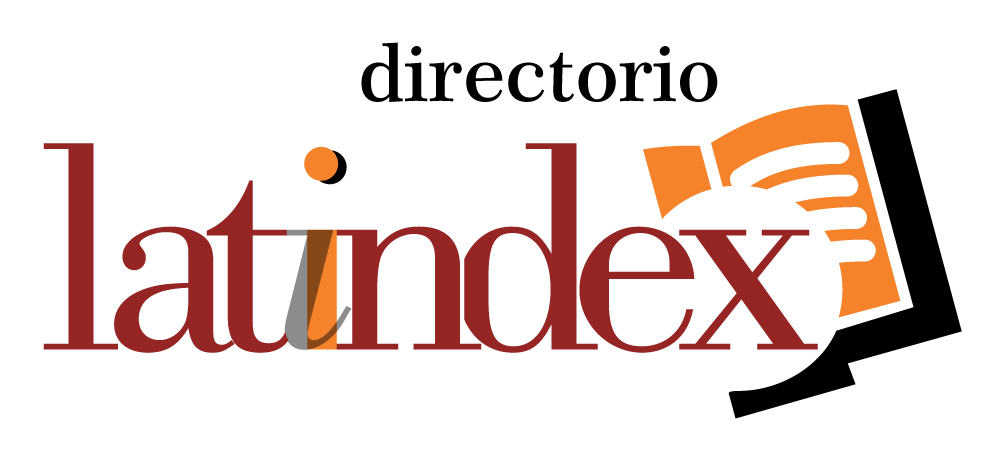
.png)
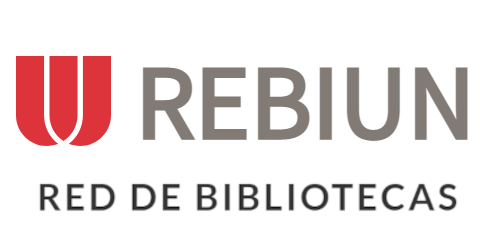







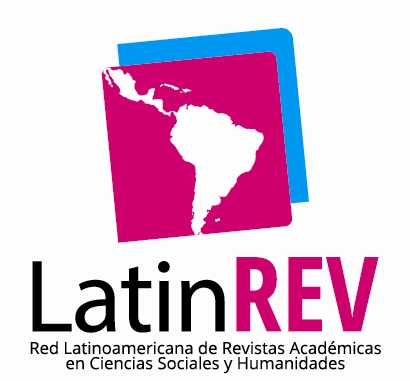

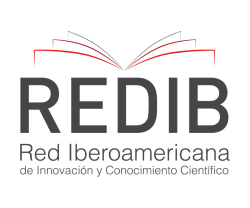


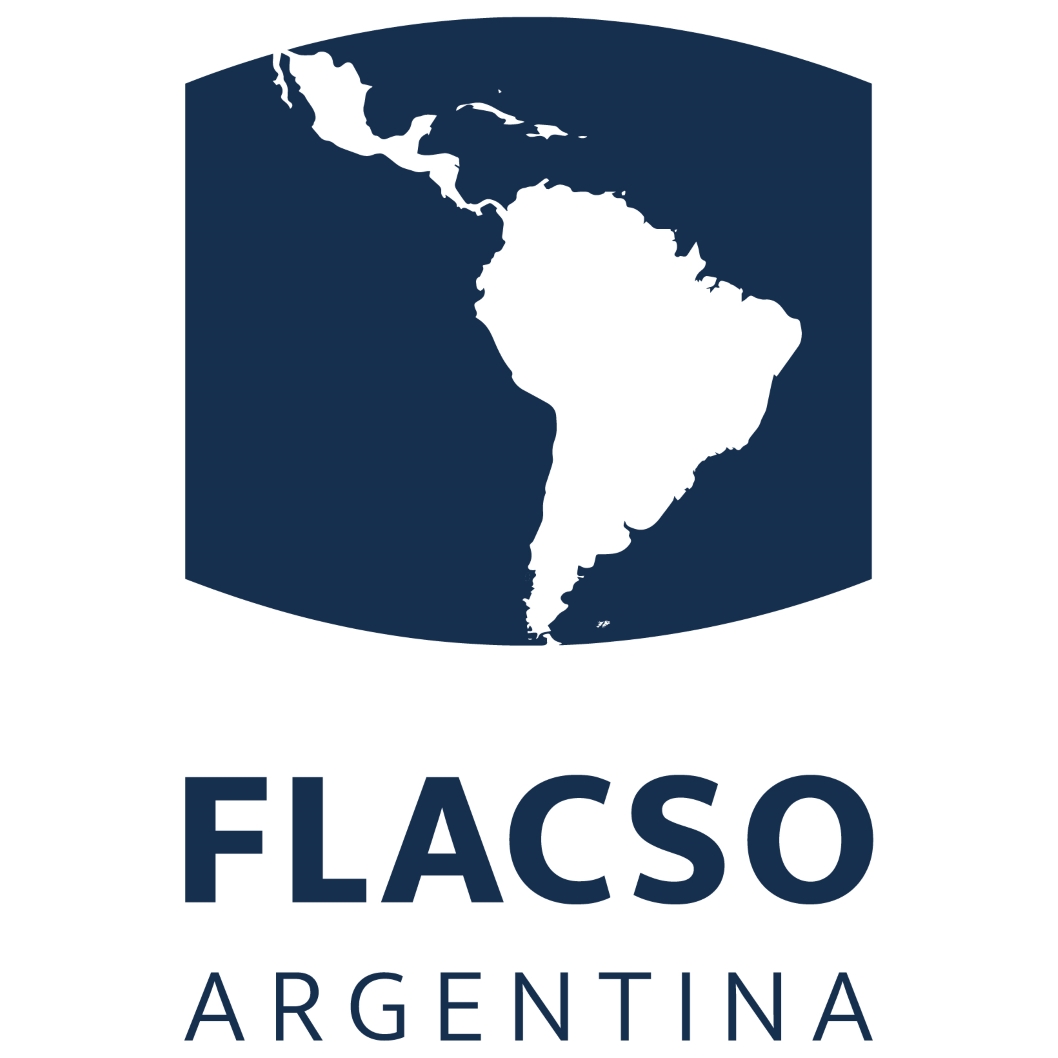






.png)
1.png)


